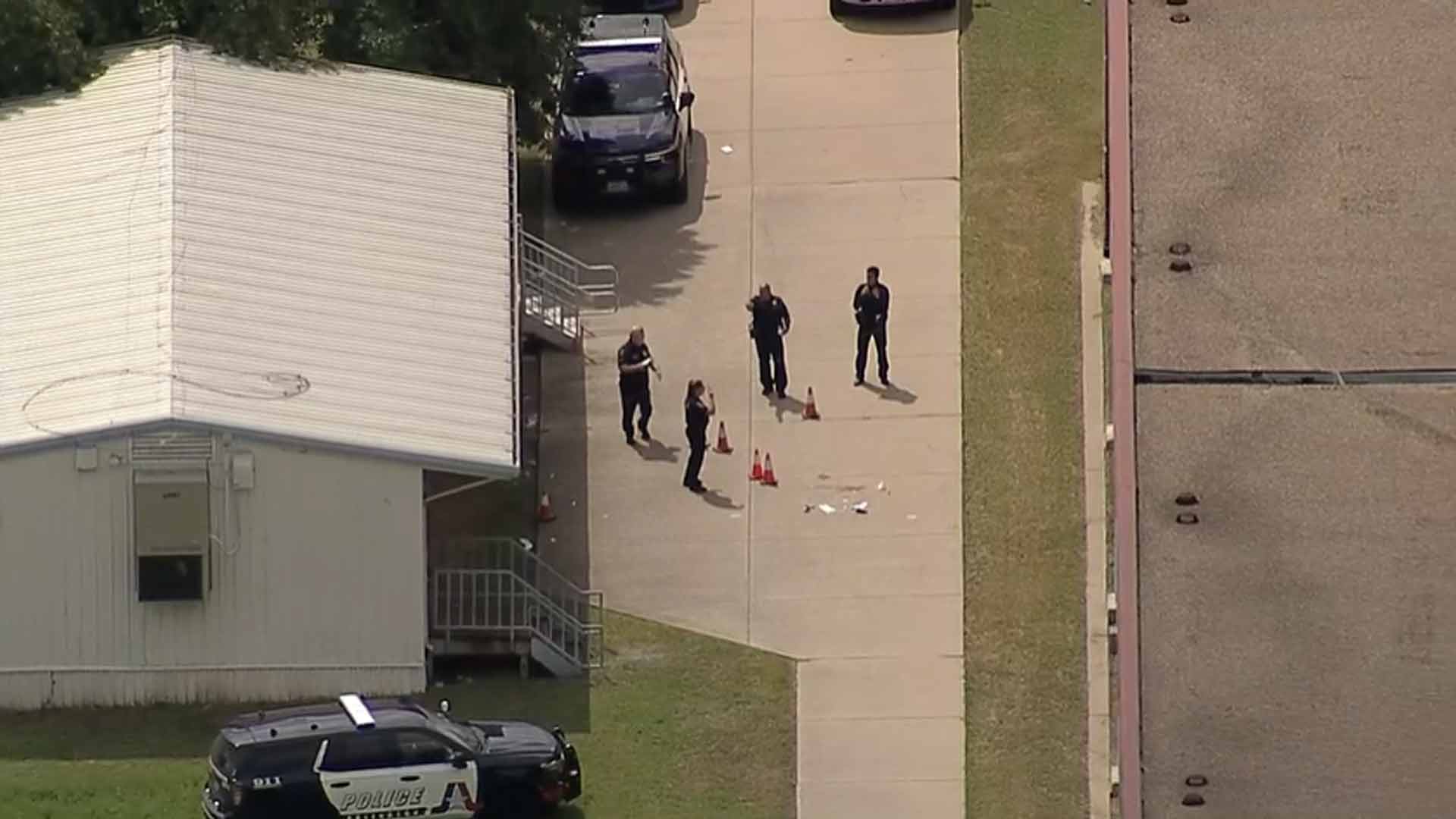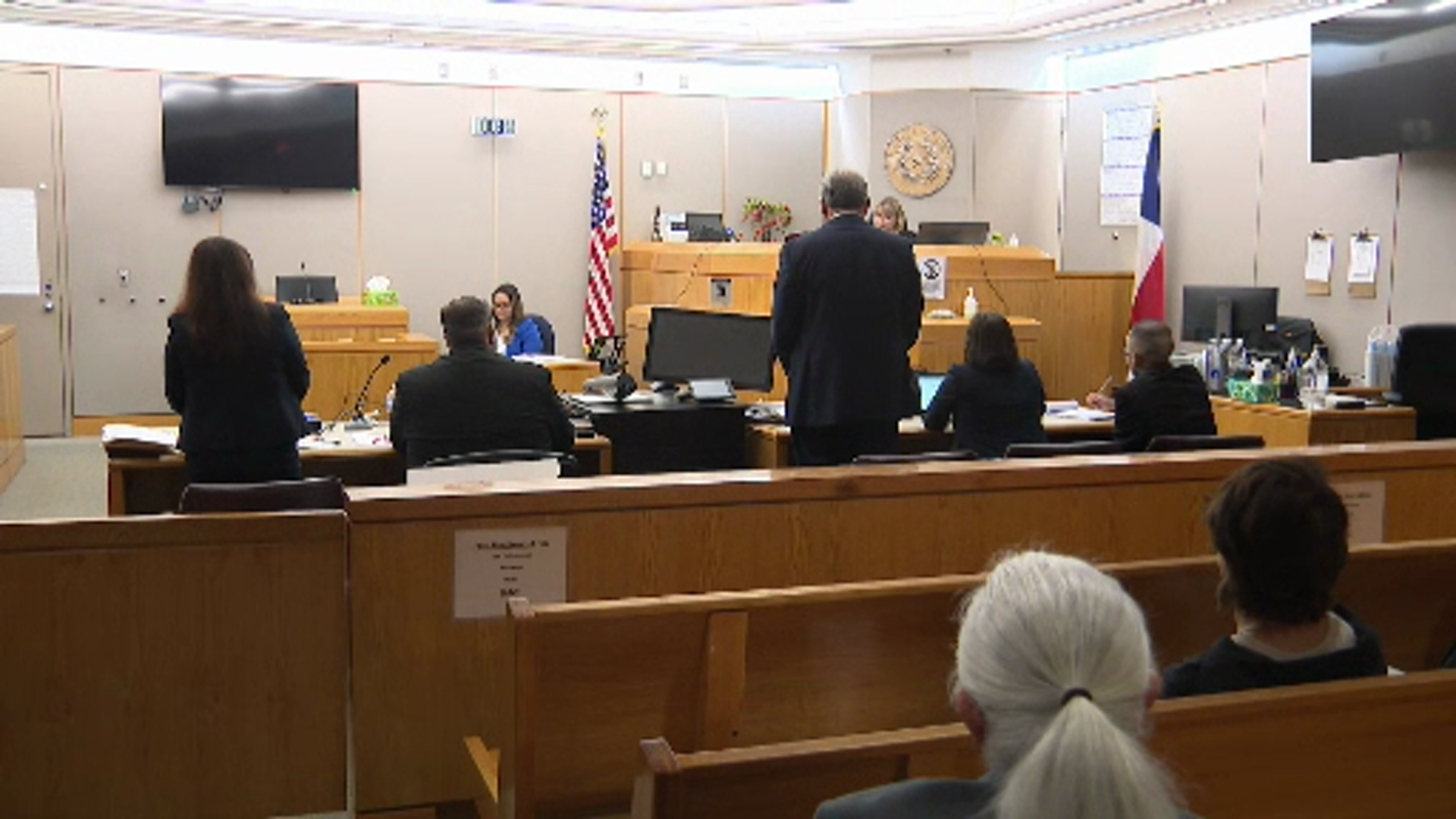For families of babies born with cleft lip or palate, the first few months of life can be scary.
Many of these babies will need surgery to close the gaps in their lip and on the roof of their mouths.
An Omaha, Texas baby is proof that a special presurgical device can make all the difference for these young patients and their surgeons.
At 3-months-old, Corlee Henderson has a big appetite, which is a blessing according to her parents Courtney and Colt Henderson.
Corlee was born with cleft lip and palate, a common birth defect that affects one in 700 babies in the U.S.
Doctors discovered the defect when Courtney was 27 weeks pregnant.
"I just didn't want her to ever feel like she was not perfect or she wasn't beautiful. I didn't want her to feel that she was different than the other kids because of her appearance," said Courtney.
Local
The latest news from around North Texas.
A cleft lip is an opening in the lip, ranging from a small split in the lip to a larger gap that extends to the nose.
Cleft palate, which is more common than cleft lip, is an opening in the roof of the mouth that, like cleft lip, can vary in size and location.
Corlee had both and without surgery, would face complications including difficulty eating, frequent ear infections, impaired dental development and trouble speaking without surgery.
However, her medical team at Children's Health had advanced treatment options ready for her.
The team is one of a handful in Texas with a craniofacial orthodontist who builds nasoalveolar molding devices, or NAM for short.
The device fits the gums like a denture and works by guiding the growth of the ends of the gums toward one another, which can lessen the degree of difficulty for the plastic surgery performing the permanent repairs.
"It narrows those two segments, making the job of the surgeon easier during the palate repair because the parts of the face that are seperated are closer together," said Dr. Alex Kane at Children's Health, Ut Southwestern Medical Center.
The NAM device also allowed Corlee to eat normally and gain weight in her first two months.
The Hendersons watched her flourish and go into her repair surgery with the best chances of success.
"That's all we ever wanted, for her to be a normal baby and live a normal life," said Courtney. "She's able to have that and you can see, with her mouth and nose, now 11 days after surgery, she already looks like a completely different kid that didn't have cleft lip or palate."
Though the exact cause of cleft lip and palate is unknown, it is believed to be the result of a combination of genetic and environmental factors.
Corlee will need another surgery next year, but doctors said she will be able to live a normal life, just as her parents had hoped for.




